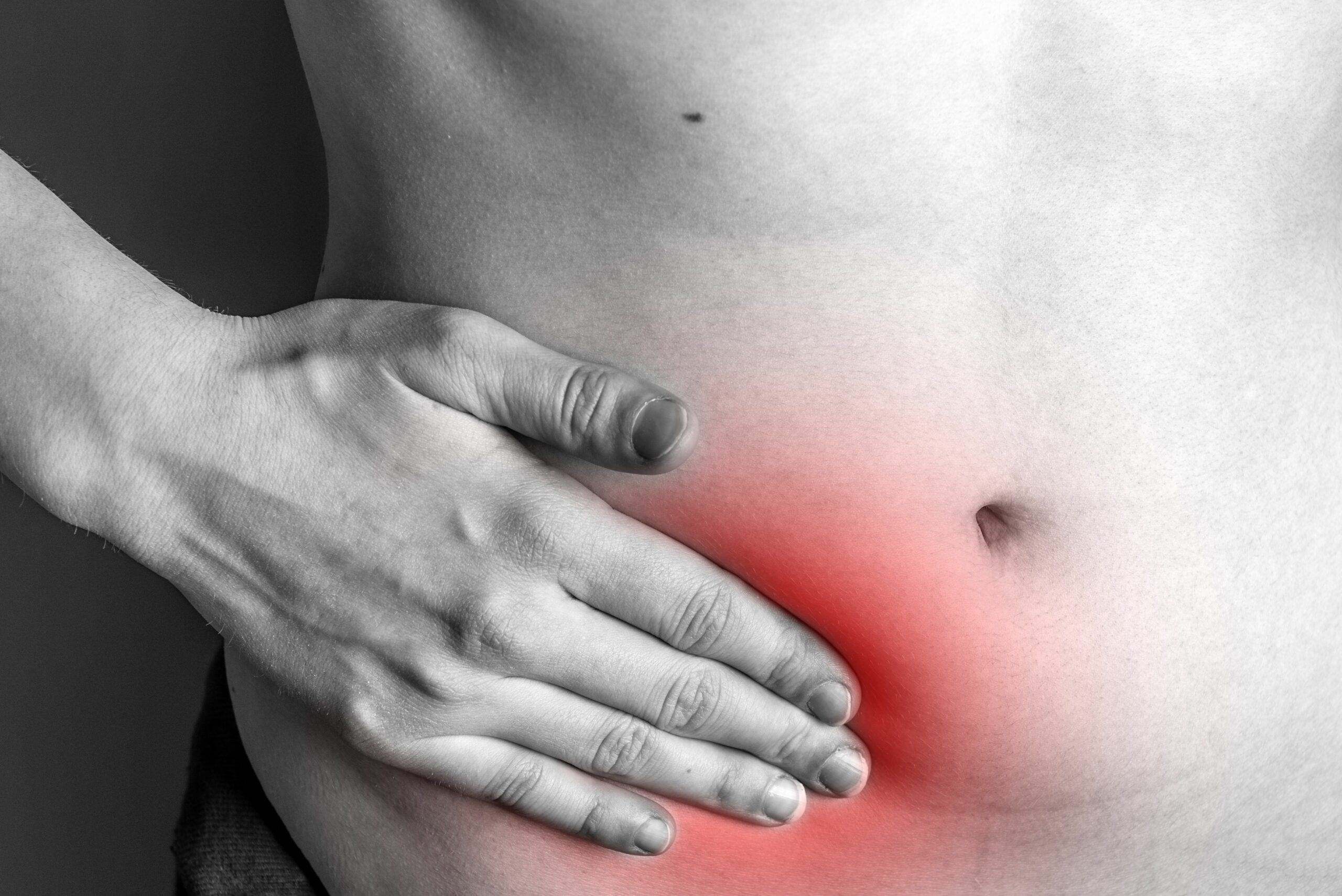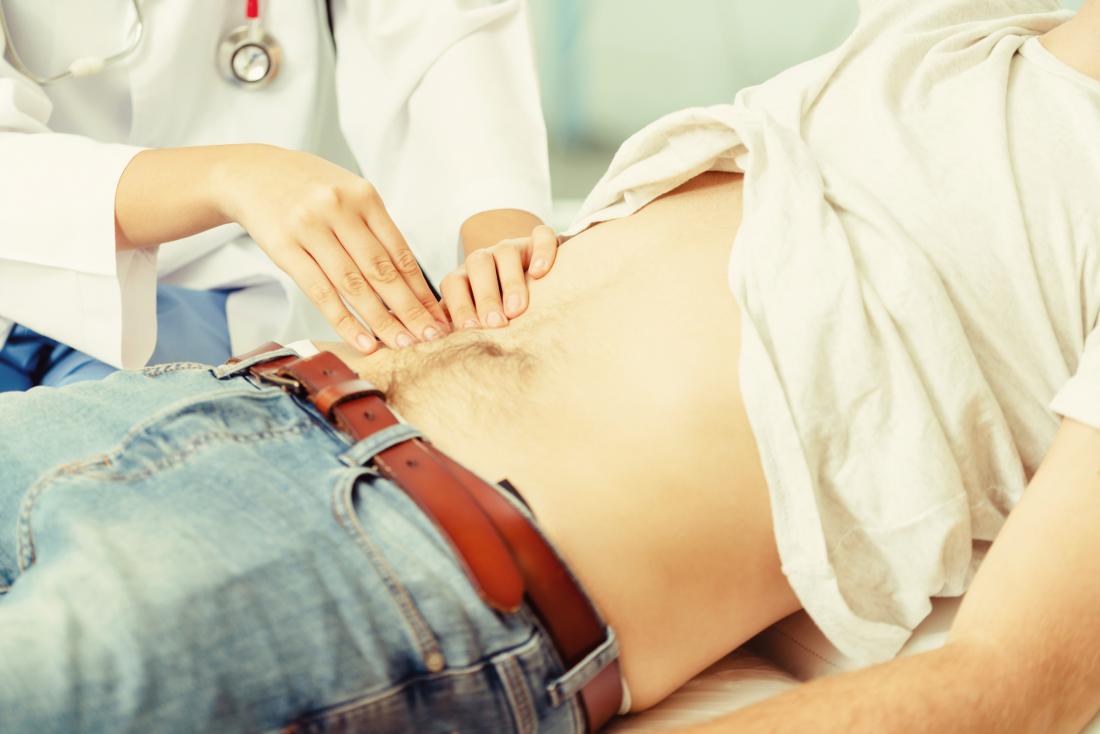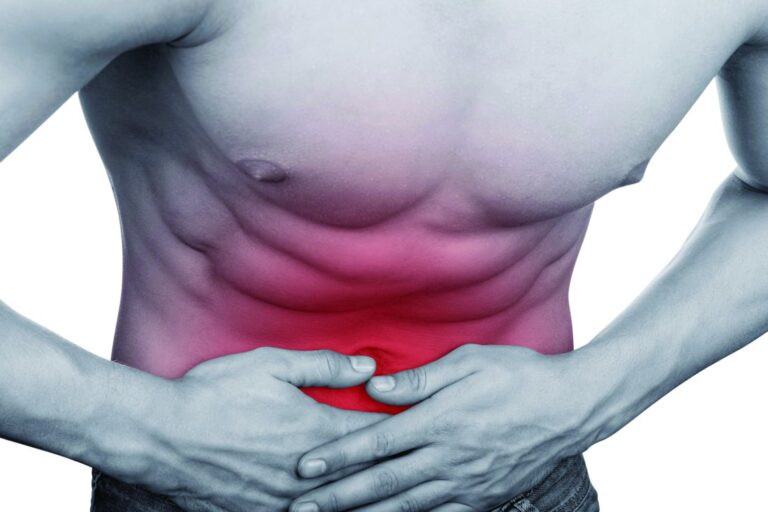A hernia is actually a bulging in the groin or abdomen area. This happens because of some defect in the soft tissues that cause the organ or a part of it to protrude. There are different types of hernia which include hiatal, femoral, inguinal, and umbilical hernia. Although it is not troublesome in some cases for others, it can be quite painful. Irrespective of the types, you should treat it timely.
So if you are looking for a treatment, it is best to consult a doctor. Instead of depending upon your observation and internet diagnosis, you should better go to a doctor. Or you can contact someone credible online, like Dr. Steven Williams. You will get the best consultation services and also the different options that you can consider. No need to go out of your home in this covid time all you have to do is to go to drstevewilliams.com.
How it occurs?

We have a muscular wall in our body (named peritoneum). This muscular wall is responsible for keeping different organs in their place otherwise, all of them can collide. What happens in hernia is that this peritoneum muscular wall has some defects. The defect in the wall makes the related organ push into the muscle.
Thus, it results in producing a bulge which can be quite painful sometimes. Furthermore, the bulge does not remain prominent all the time. Instead, it pushes back sometimes while you lie down. However, it will reappear when he stands up or coughs. Therefore, it is important that you get the treatment on time.
Two main types
Although the organs can be different for different people the main areas where hernia appears are two. They are;
- Groin area
- Abdomen area
What comes under Groin hernias?

There are two types that come under this category. These include;
1. Inguinal hernia
This is a defect in the abdomen region near the groin. What happens here is that a part of the bowel or fatty issues protrudes in the peritoneum muscle. Furthermore, this is one of the most common types that we see in different patients. This type is common in men.
2. Femoral hernia
In the femoral hernia, the bowel part protrudes into the groin. The position of the protrusion is at the top of the inner thigh. Furthermore, this type is more common in older women.
Abdomen Hernia and what comes under it?

Abdomen hernias cover 3 types:
1. Umbilical hernia
In this type of hernia, a part of the bowel will protrude near the belly button through the abdomen. So if you observe any protruding near your belly button, it is likely that you are suffering from this problem. Therefore, it is better that you do have a check-up.
2. Epigastric hernia
The protrusion takes place between the belly button and sternum i.e. somewhere lower the breastbone.
3. Spigelian hernia
Spigelian hernia is a protrusion at the outer side of your abdominal muscle. This is just below the belly button.
Main causes
The cause of hernia varies with the type. For example, femoral and inguinal occur because of weakness in the muscles. Furthermore, both these types are present in the body since birth and as the person ages, it becomes prominent. Or it might appear early because of stressful conditions. For example, if you are suffering from some physical pain, or you are obese, or because of frequent coughing. Likewise, pregnancy and too much strain on the toilet also make the situation severe.
Symptoms

Although you will see a noticeable lump on your body that is something that appears in the final situation. There are other symptoms that will make it clear if you have a hernia or not. These symptoms include;
- Having a bulge or swelling in your groin area or scrotum (for men)
- A continuous but dull pain sensation
- Increase in the pain over time
- Feeling pain while lifting things
- The size of the protrude increase with time
- Feeling bowel obstruction
- Feeling full most of the time
You might also feel
- Chest pain
- Indigestion
- Feeling difficulty while swallowing food
- Heartburn
- Frequent regurgitation
How to diagnose it?
If you feel some of these symptoms, you might get worried. But it is also likely that you are suffering from these problems because of something else. Therefore, even after observing the symptoms, you need a proper diagnosis. Therefore, you should go to a doctor.
Different treatments

If your diagnosis comes positive and you are suffering from a hernia, your doctor will tell you about the treatment options. Of course, you will get different options. The three surgical options include;
1. Open surgery
In this surgery, you will get a cut on the location of the bulge. The surgeon will then put the protruding organ back in its place. Furthermore, the weak muscular wall will also get some stitches to keep it in its place. If that’s not possible, the surgeon might have to insert a mesh so that the protrusion won’t happen again.
2. Laparoscopic surgery
You won’t get a deep cut in this method. Instead, small incisions will be made on the bulging part. Afterward, the surgeon will insert surgical tools inside and will do the repair work. That is, placing the organ back to its original position and strengthening the muscular wall.
3. Robotic repair
This surgical method is used for smaller and weaker cases where the bulge is small. What happens here is that the surgeon won’t use the tools directly but instead will control the instrument through the console.
The only possible type of treatment present currently is surgery. Therefore, your doctor will suggest the surgery based upon your case situation. He will surely let you know the possible surgery which is suitable for you. But you have to decide that by yourself.
Furthermore, it is important that you get the treatment on time. Otherwise, if you bear with everything, after 2 years, you will suffer from bowel strangulation.

